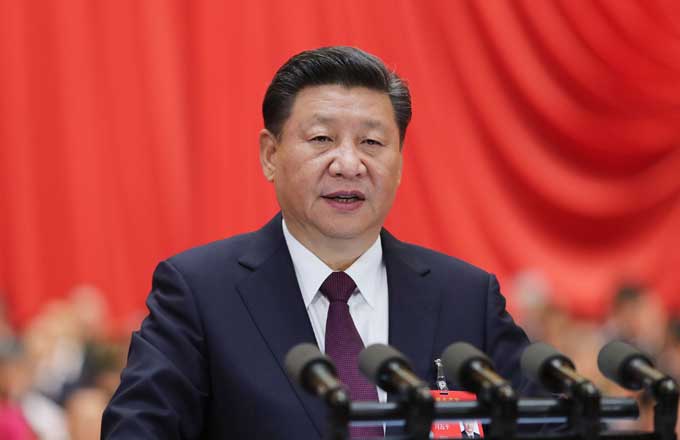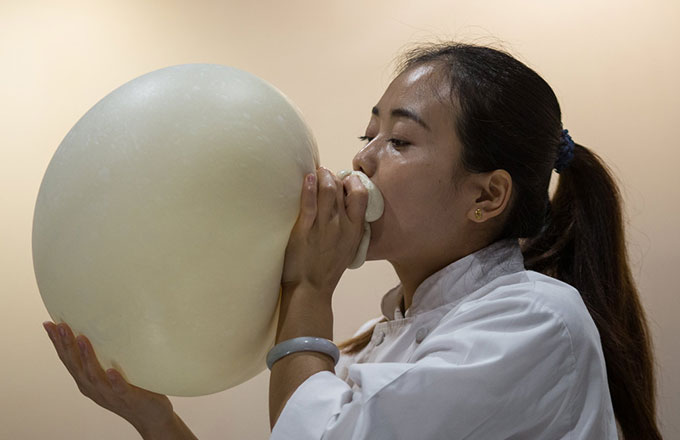Most complete Western Han Dynasty cemetery discovered
NANCHANG - Chinese archeologists announced Wednesday the discovery of the most complete Western Han Dynasty (206 B.C.- 25 A.D.) cemetery.
The Haihunhou cemetery is located a kilometer from the nearest village in Nanchang, capital of east China's Jiangxi Province. It covers some 40,000 square meters with eight tombs and a chariot burial site with walls that stretch for almost 900 meters.
Archeologists suspect that the main tomb is that of Liu He, grandson of Emperor Wu, the greatest ruler of Han Dynasty, one of the most prosperous periods in China's history. Liu was given the title "Haihunhou" (Marquis of Haihun) after he was deposed as emperor after only 27 days, dethroned by the royal clan because of his lack of talent and morals. Haihun is the ancient name of a very small kingdom in the north of Jiangxi.
Xu Changqing, director of Jiangxi provincial cultural relics research institute, said on Wednesday that the cemetery is the most complete and best preserved Han Dynasty tomb cluster ever discovered. Archeologists can clearly see the foundations of the tombs thought to be of Haihunhou and his wife, as well as affiliated memorial temples. There are roads and drainage systems in the cemetery.
The team have found more than 10 tonnes of Wuzhu bronze coins together with more than 10,000 other gold, bronze and iron items, unearthed along with jade articles, wood tablets and bamboo slips, said Xin Lixiang of the China National Museum, who heads the team at the site. Xin has studied some 4,000 Han Dynasty tombs.
Xin said the next stage of the archeological work will be to look for items locked in the coffin of the central mausoleum.
"There may be a royal seal and jade clothes that will suggest the status and identity of the tombs occupant," he said.
The team have recovered many musical instruments such as chimes, se (a 25-stringed plucked instrument), panflutes and sheng (a reed pipe wind instrument), as well as terracotta figurines showing how the instruments were played.
It is also the only tomb excavated in south of Yangtze River with real vehicles. "The chariot burial is an important part of the tomb," Xu said. Five well-preserved horse-drawn vehicles have been found, each with four sacrificed horses, and more than 3,000 accessories embellished with gold and silver. "The discovery will be important for the study of hierarchical burial customs and articles used in burial," he said.
Tombs of some other aristocrats have led the team to believe that the dig may be the site of the capital of the Haihun Kingdom. The entire site covers five square kilometers.
"The discovery can help us understand the social, economic and cultural status in Western Han Dynasty, and even the development of music, transportation, metrology, and the evolution of Chinese characters and arts," Xu said.
Li Xiaojie, vice minister of culture and director of the State Bureau of Cultural Relics, has ordered that work of the cemetery should be aimed at applying for UNESCO's world heritage listing.
Jiangxi's cultural department use high-tech sampling and recording to document information and data. Several labs and research teams have been set up to work separately on archaeobotany, zooarchaeology as well as studies on textiles, metals and historical records.
Registration Number: 130349



























